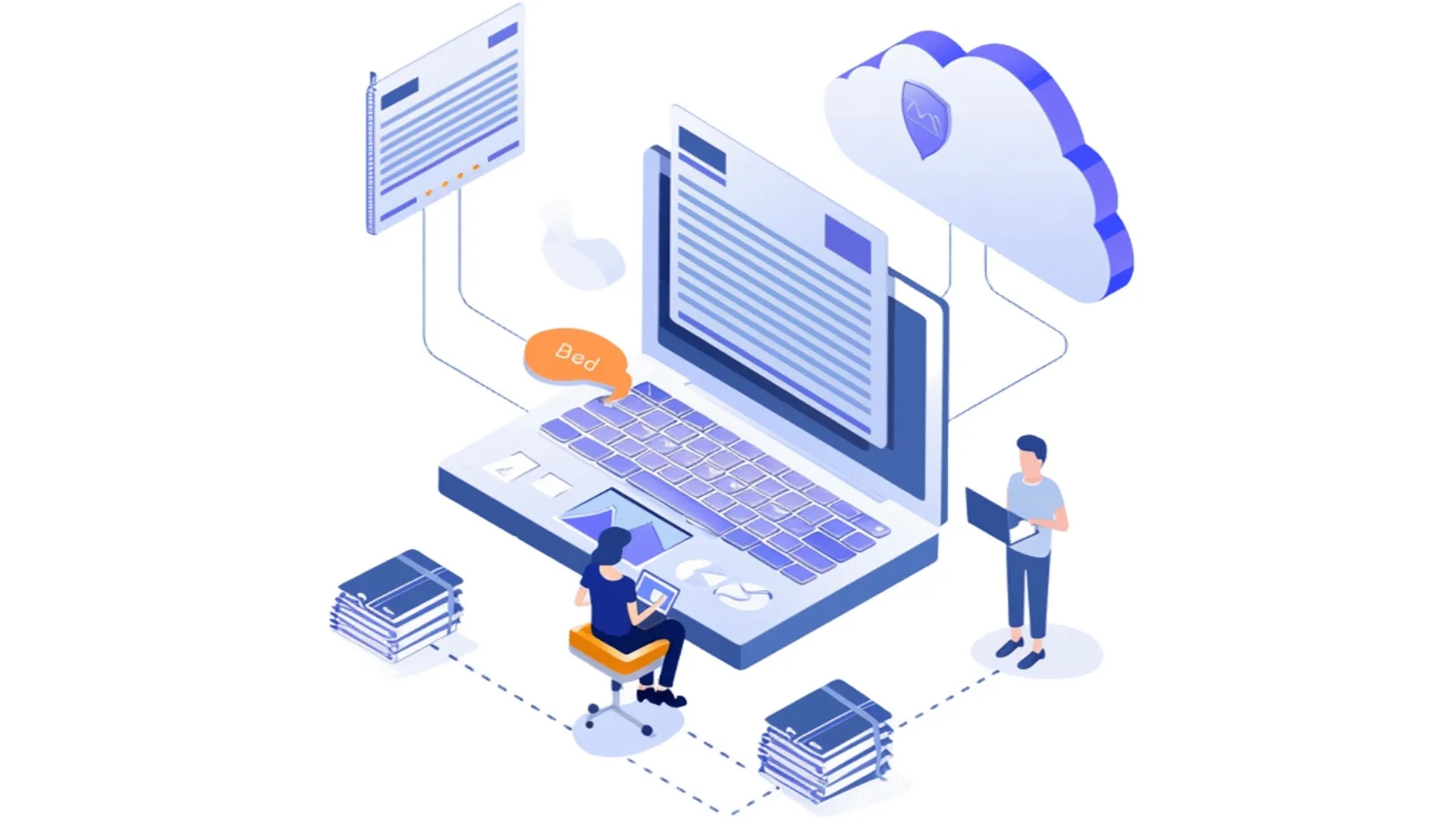
Automatically generate and track e-Invoices/e-Archives. Fully integrated with POS and online payments for seamless financial management.
In service businesses such as dry cleaning, carpet washing, tailoring, shoe care, and car wash, invoicing is one of the most error-prone areas due to cash register workload, delivery time pressure, and staff turnover. e-Invoice and e-Archive integration streamlines all document creation within the software itself, reducing errors and workload. The need for paper printouts and manual archiving is eliminated; documents are stored securely in electronic form and can be retrieved within seconds during audits. In short: speed, accuracy, and compliance come together in one panel.
An e-Invoice is an electronic invoice transmitted directly between buyer and seller through the Revenue Administration (GIB) systems. If the buyer is also an e-Invoice taxpayer, the document flows system-to-system. An e-Archive Invoice, on the other hand, is issued electronically for buyers who are not registered with the e-Invoice system (e.g., individual customers) and stored digitally. In daily retail sales, most businesses use e-Archive invoices; for corporate clients, e-Invoice applies. The software manages both scenarios in a single workflow.
Payments from in-store POS, mobile POS at the door, and online payments (e.g., PayTR, Iyzico) are linked directly to the order. Invoices can be generated simultaneously with the payment, eliminating the problem of forgetting to issue an invoice after collecting payment. For corporate customers working on credit, bulk invoicing at month-end is supported, along with account reconciliation and statement generation.
Items such as shirts, suits, and coats are invoiced quickly as service lines without stock cards. For individuals, an e-Archive is issued; for contracted corporate clients, an e-Invoice is generated. Invoices are linked to order numbers; in cases of returns or reprocessing, cancellations/re-issues are logged.
Square meter and quantity details are imported automatically from the order; VAT rates are assigned based on service type. If the pickup team collects payment via a mobile device, the invoice is created instantly and a link is sent via SMS. For bulk corporate jobs, a monthly single invoice flow is supported.
Alteration or repair items (hemming, narrowing, zipper replacement, dyeing, heel repair, etc.) are selected from a menu for fast invoicing. In partial deliveries, partial invoicing is possible. A separate profile can be defined for e-SMM (self-employment receipt) scenarios.
Detailing, interior/exterior cleaning, upholstery washing, and paint protection packages are paid via POS or QR; checkout times drop below one minute. Invoices are shared as QR-coded PDFs; for corporate accounts, monthly consolidated invoices are created.
The system generates UBL-TR compliant XML for e-Invoice/e-Archive and simultaneously creates a branded PDF design. PDFs can include QR codes for quick validation by customers. Options include automatic email delivery, one-click SMS links, and access via the customer portal. All document versions are archived in an immutable form.
In multi-branch setups, each branch can operate with its own series and fiscal settings, while headquarters sees all documents collectively. User roles restrict permissions such as “can issue invoices,” “can cancel,” or “can modify.” This reduces errors and ensures the integrity of financial records. Audit logs answer the question who did what, when instantly.
Invoice reports can be generated by date range, branch, user, payment type, or customer. Metrics such as revenue/VAT breakdowns, return ratios, and average invoice amounts support management decisions. Export to Excel/PDF makes sharing with accountants effortless. Search screens allow millisecond retrieval by invoice no, order no, or customer code, ensuring instant access during audits.
When processing customer data, explicit consent and disclosure are recorded. System access is role-based, protected by two-factor authentication, strong passwords, and session timeouts. Invoice content is visible only to authorized users; exporting and printing can also be restricted. Backup and disaster recovery plans safeguard all data.
The invoicing module integrated with e-Invoice and e-Archive brings speed, accuracy, and compliance into a single platform. As soon as the checkout is complete, the correct document is automatically created, shared with the customer, and securely stored in the electronic archive. Branch-based series/numbering, reports, and user permissions maintain standards across growing businesses. This reduces financial risks and significantly increases operational efficiency.

Create a free demo account with Aktif Müşteri POS Software and try it for 15 days without any fees!